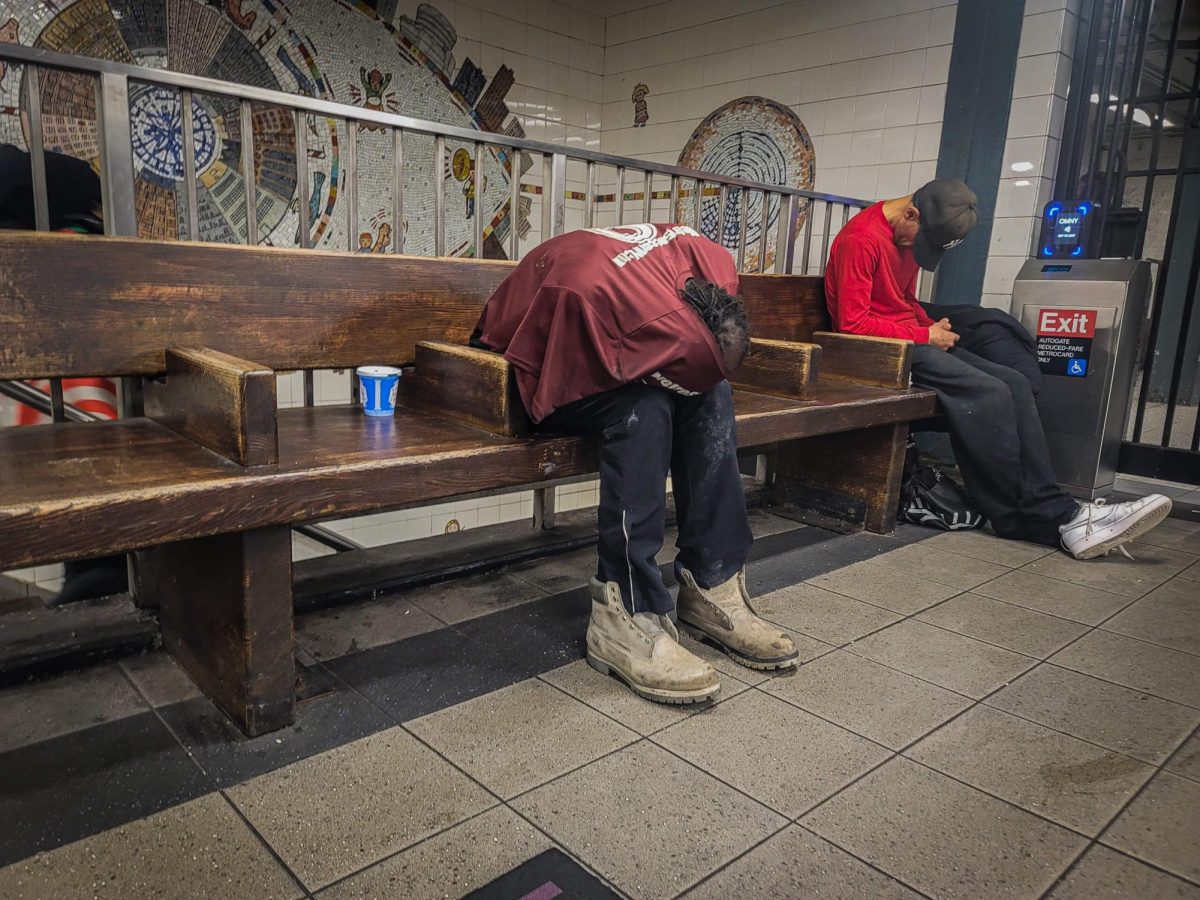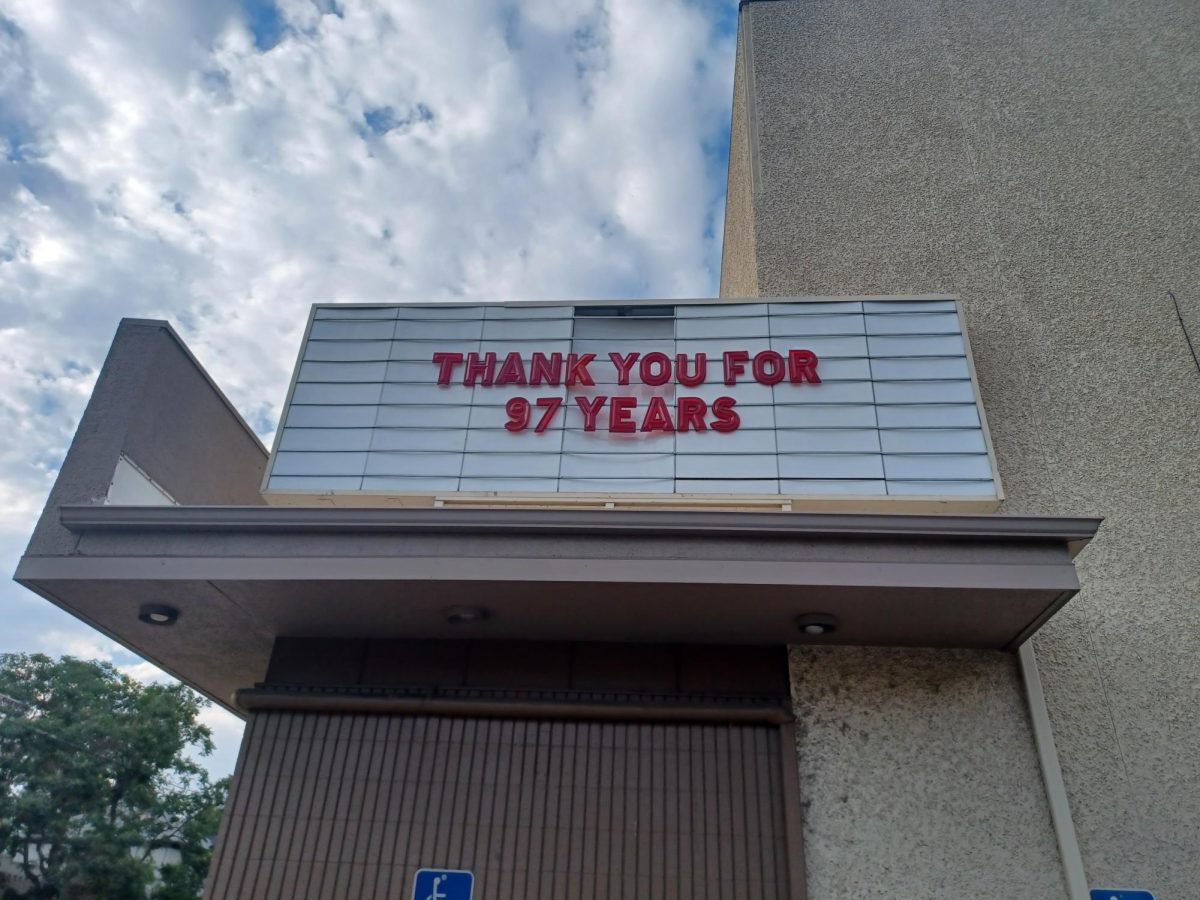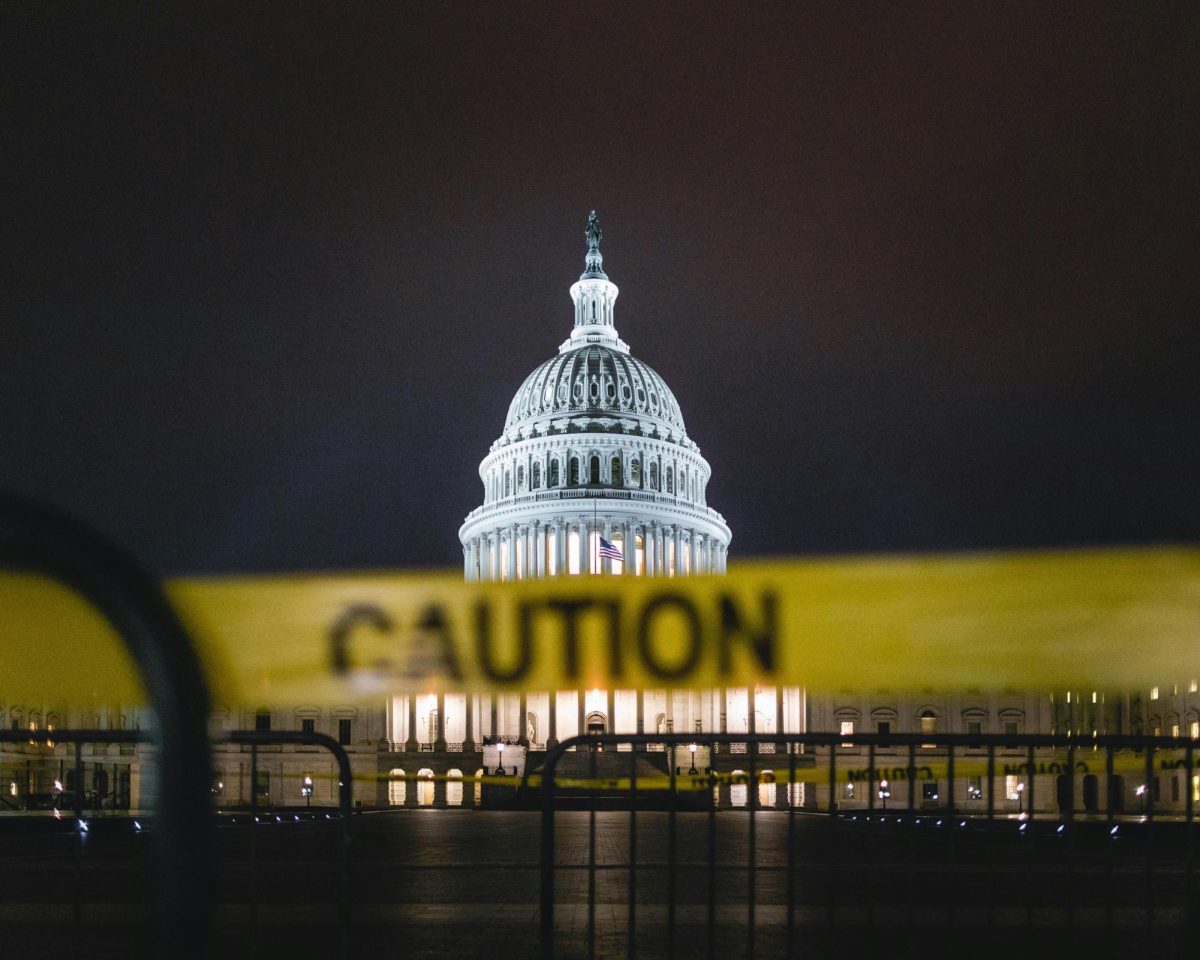Homelessness in Colorado has been on a continuous rise over the last few years and has been an ongoing problem.
According to The Federalist Papers’ article, Denver’s Escalating Homeless Crisis “Endemic of National Issue: Throwing Billions at a Worsening Problem, “Over the last six years, the rate of people living without shelter has soared by 247%. The number of newly homeless people has increased by 240%, and the number of long-term homeless folks has jumped by 305%.” The article also highlights that “Shockingly, the report also found that 15% of the homeless in Denver are kids, which is a 73% increase compared to last year.”
These statistics continue to rise despite the money being put into homeless support funds and the overall fight to stop homelessness. According to Common Sense Institute in their article, A Snapshot of the Metro Denver Homeless Ecosystem in 2023, “Over the last three years, Colorado has spent nearly $2 billion on homelessness, concentrated largely in the Denver metro region”. Now this isn’t to say that the efforts have been useless or a waste of money, but I do believe that in some cases the money has gone to increasing the amount of anti-homeless architecture.
Most anti-homeless architecture goes unnoticed as it is often disguised as nothing. A primary example of this is fencing in the Denver Metro area. Orange plastic fences disguise it as construction when in reality many companies use them to stop the homeless from staying and resting there. According to ms.mayhem in their story The rise of ‘anti-homeless’ hostile architecture in Denver, “Fencing is the predominant form of “anti-homeless” architecture in Denver. This strategy of urban design is also known as “hostile” architecture and uses elements of the built environment to purposefully guide or restrict behavior.” To the naked eye no one would ever guess that a simple thing such as fencing would be used to inhibit homeless people.
Although Colorado has minimal anti-homeless architecture it will not be long until it gets more extreme. New York Subways have begun removing their benches, not only affecting the homeless population but also others who have harsh medical conditions / disabilities such as multiple sclerosis, cancer, or POTS. Other places and states even go as far as putting spikes on benches, ensuring that no one sits there, specifically homeless people.
This doesn’t go to say that Colorado hasn’t been doing anything to help the ongoing issue of homelessness, but it does suggest that maybe our efforts should be placed in other ways. According to ms.mayhem’s article The rise of ‘anti-homeless’ hostile architecture in Denver, Benjamin Dumming, founder of Denver Homeless Out Loud stated “I was homeless for four-and-a-half years and a lot of the benches that I used to sleep on, they’re gone.” He also added “There are a whole bunch of layers and techniques to keep people from returning to public space, and fencing is just one of them. They’re trying to keep visible homelessness out of the eyes of certain people.”
This simply goes to show that our efforts are aimed in the wrong direction. Instead of pushing the homeless into hiding and removing any resting areas, we should address the problem. Instead of using money for encampment sweeps, we should create safer environments for our homeless and opportunities to help them get onto their feet.
Overall, Colorado’s anti-homeless architecture only does something for the city’s “aesthetic” instead of actually helping lower the homeless population. Their current efforts aren’t horrible but statistics have proven that there is still room for improvement. So instead of just continuing as is, why not change ideas and plans if they are clearly not working? Colorado and other states need to do a better job of addressing the issue instead of wasting energy on creating anti-homeless architecture.


















